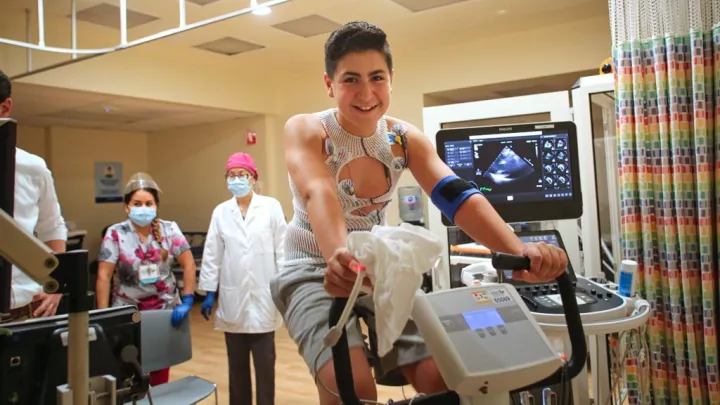
What Happens If Your Child Only Has One Kidney?
Special thanks to Carl Grushkin, MD, Chief of the Division of Nephrology at Children’s Hospital Los Angeles, for contributing to this article.
What happens when your child has one kidney? It’s more common than you think. In fact, about 1 in 1,000 babies are born with one kidney. Another 1 in 1,000 are born with two kidneys—but only one kidney works.
If you’ve been told your baby will be born with one kidney, you may wonder, “Why did this happen?” In most cases, there’s no known reason. (So please do not blame yourself!)
The most important thing is this: Your child can live a long and healthy life with one kidney that works well. As a parent, you just need to take a few simple precautions. Here is what you need to know:
One kidney can do the work of two
Kidneys are amazing organs. Shaped like beans the size of a fist, they have many important jobs. Their main roles are to:
• Filter the blood and make urine
• Regulate blood pressure
• Help to make red blood cells
• Maintain the blood’s pH (acid levels)
• Help to make vitamin D
Normally, two kidneys share this workload. But one good kidney can do the job just fine. How? A single kidney will grow much larger than normal. This extra size allows it to do “double duty.”
Your kid can still be a kid
Luckily, the kidneys are located in the middle of the back, tucked up under the ribcage. If your child’s kidney is in this normal spot, it is well-protected—and not easily injured.
Your child can still run, ride a bike, play on the playground and do other normal activities. No special diet is needed, either. Check with your doctor for specific advice, but in general, let your kid be a kid!
Most sports are OK
Typically, children with one kidney can play almost any sport they want. The big exception here is tackle football, where there is some risk of kidney injury. Your doctor may also advise against martial arts.
Sports like soccer, basketball, baseball and even hockey are usually OK, as are non-contact sports like golf, running and tennis. In soccer, your child could also wear a pad to protect the kidney area. This may not be needed, though. Talk with your doctor about what’s best for your child.
Watch for bladder infections
A bladder infection can lead to a kidney infection, so you need to catch it—and treat it—early.
Bladder infections are much more common in girls than boys. So if your daughter gets a fever with no other symptoms (like a cough or sore throat), take her to the doctor that same day to check for a bladder infection. If the fever starts at 3 a.m., call the doctor first thing in the morning.
Do not “wait it out” for a few days. This is very important.
Keep your checkups
From time to time, the doctor will do a few simple tests to make sure your child’s single kidney is working well:
- Ultrasound. If your baby was diagnosed in utero, the doctor will do an ultrasound soon after birth to check the kidney. Your child should have another ultrasound around age 1 to make sure the kidney is growing properly.
- Blood test. At some point, your child will need a blood test to check levels of creatinine (kree-AT-uh-neen)—a waste product filtered by the kidneys. This test helps measure kidney function.
- Urine test and blood pressure check. Once a year, the doctor will test a urine sample and check your child’s blood pressure. These tests can be part of a routine well-child visit.
Talk to your doctor
Be sure to talk to your child’s doctor about any questions or concerns you may have. You can also ask if your child should see a pediatric nephrologist (a kidney doctor for children).
One final fact I want to share: Before ultrasounds during pregnancy were routine, many people lived to old age—and never even knew they had one kidney! With good care and some common-sense precautions, your child can live a long and healthy life.


